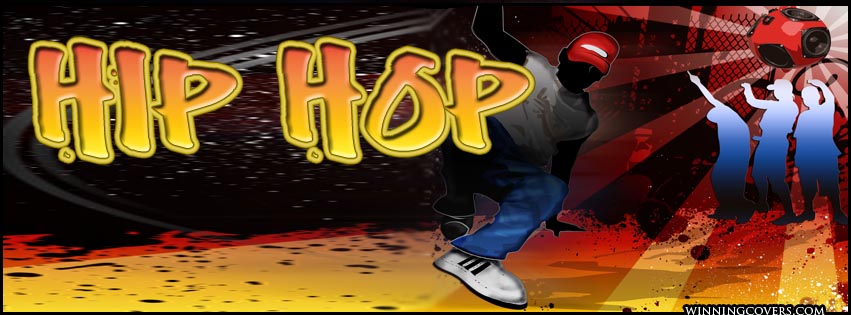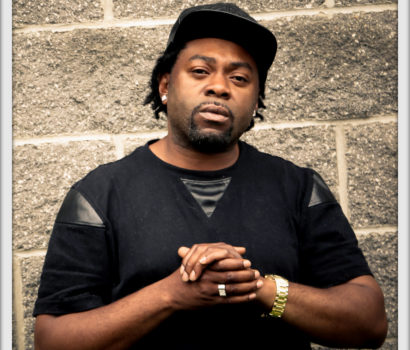Daily Archives: November 14, 2016
Northwest Hip Hop
Northwest hip hop is Hip-Hop or Rap Music that originates from the Pacific Northwest of North America, encompassing major cities such as Portland, Oregon; Seattle, Washington and Vancouver, British Columbia. Northwest hip hop music mixes elements from various genres of music to form a sound different from its southern neighbor, West Coast Hip hop. For many years the scene existed mainly as an underground genre, but recently Northwest hip-hop has seen more and more mainstream acceptance, with artists such as Sir Mix A Lot and Macklemore gaining nationwide attention.

Pre-1993
During the late 1970s, high school kids from the Rainier Beach, Rainier Valley, and Central District areas in Seattle started to perfect early hip hop forms of dancing in the northwest defined as bopping. Many of the local underage clubs and high schools in south Seattle held formal contests called bop-offs where dancers would compete against one another.
In the early 1980s, soldiers positioned at Tacoma’s military bases provided the foundation for a growing hip-hop fan base in the Northwest. This increased demand for hip-hop coincided with some of the first hip-hop dances in Seattle, which were held at public-housing recreation centers and featured the Emerald Street Boys and Anthony “Sir Mix-A-Lot” Ray. Simultaneously, “Nasty Nes” Rodriguez launched the Northwest’s first all-rap radio program, Fresh Tracks, and soon Nasty Nes began airing self-produced tracks by Sir Mix-A-Lot, as well as the Emerald Street Boys, MC LeRap, PDQ, and Andy Hamlin. Fresh Tracks was a 30-minute show that played on Sunday nights on KKFX 1250 (“KFOX” and formerly KKDZ), and consisted of a mix of new songs and a mastermix created by Nasty Nes (Stranger article). These mixes were made up of songs by The World’s Famous Supreme Team, Malcolm McLaren, Run-D.M.C. and others (Stranger article). Due to the show’s popularity, the station’s producer allowed Nes to expand it to a Monday through Friday, 9pm to midnight show called NightBeat that featured prominent R&B songs as well as intermixed rap songs (Stranger article). As Seattle’s music scene evolved, so did the Seattle breakdance and graffiti crews, including B-Boy groups like Silver Chain Gang, Circuit Breakers, and Breaking Mechanism, and graffiti writers such as Spaide, DadOne, and Spraycan. At this time the Northwest was considered an empty canvas, which lagged behind other regions in creating a unique identity that was associated with hip hop. With this space there was room for an eclectic group of identities to form, however none were successful in formulating a Seattle identity.
In 1985 Nastymix Records, the Northwest’s first hip-hop label was founded with the local release of Sir Mix-A-Lot’s “Square Dance Rap”, which sold approximately 75,000 copies. Nastymix Records gained national recognition with Sir Mix’s 1988 “Posse on Broadway“, and reached its peak in 1993 with Mix’s Grammy Award for Best Rap Solo Performance for “Baby Got Back.” Unfortunately this award came after Nastymix’s last release, Criminal Nation‘s 1992 album Trouble in the Hood.
1993 to 2002
Seattle hip-hop culture was confined to the only venues that would play hip-hop, all of which were in Seattle’s traditionally African-American neighborhood, the Central District (referred to in Seattle as “The CD”.) In 1993, Jonathon “Wordsayer” Moore of Source of Labor approached Caroline Davenport of Tasty Shows, who was responsible for booking a popular Seattle venue called RCKCNDY.
The alternative/grunge music scene soon dominated the Northwest’s musical image, and in both Seattle and Portland this contributed to the troubled adolescence of local hip-hop. The Teen Dance Ordinance, which had been in effect since 1985, made it almost impossible for most Seattle venues to book all-ages shows. The social turmoil of Seattle during the late 1990s (The World Trade Organization Protest), the city’s outspoken political opposition to President George W. Bush, and the despised Teen Dance Ordinance characterized the socially conscious style that defined Northwest hip-hop after 1993, a style that was continually strengthened as the hip-hop culture was attacked and labeled as violent and disruptive. In 2002 the Teen Dance Ordinance was lifted and replaced by the less draconian All-ages Dance Ordinance and hip-hop began its Northwest resurgence.
2002 to present
The departure of the Teen Dance Ordinance in 2002 meant small Seattle venues could afford to host local hip-hop shows.Currently, the Northwest maintains a self-perpetuating underground hip-hop movement, a culture that is maintained almost entirely by word of mouth, local interest, and internet exposure. In 2009 Seattle Vocalist Clyde Mcknight was signed to Queen Bee Entertainment, which led to him appearing on Lisa Left Eye Lopez posthumous album, “”Eye Legacy“” on a record Block Party, and also releasing a debut single “Simon Sez“.
The Minneapolis-based Rhymesayers Entertainment, a quickly growing record label, has signed multiple artists from Seattle such as Boom Bap Project, Grayskul, Grieves, Jake One, and Vitamin D, which also contributes to its growth. Blue Scholars and their label Massline Media are also beginning to receive national attention.
Macklemore is another hip hop artist from the Pacific North West who has recently received much national and international attention, skyrocketing to the top of the charts in the mainstream music scene. At the 56th Annual Grammy Award, Macklemore received seven Grammy award nominations, and won four of those, including the awards for Best New Artist, Best Rap Album (The Heist), Best Rap Song and Best Rap Performance (Thrift Shop). However, Macklemore’s success has been met with frustration from many local PNW hip hop artists. These artists are frustrated because they feel that Macklemore’s story and style are not representative of the PNW Hip Hop scene. They feel that Macklemore’s status as a white, middle class male has led him to his popular position and feel disheartened that the underground artists are not better able to represent their city and region.
Ryan Lewis and Macklemore went on to self produce their first full-length album, “The Heist,” released in October 2012, a rare feat in today’s music industry dominated by corporate labels. Collectively, the duo went on to earn a 2014 Grammy for Best Rap Song for their national hit, Thrift Shop, and MTV Video Music Awards for Best Hip Hop Video, Best Video with a Social Message, and Best Cinematography, for Can’t Hold Us, Same Love, and Can’t Hold Us, respectively.
